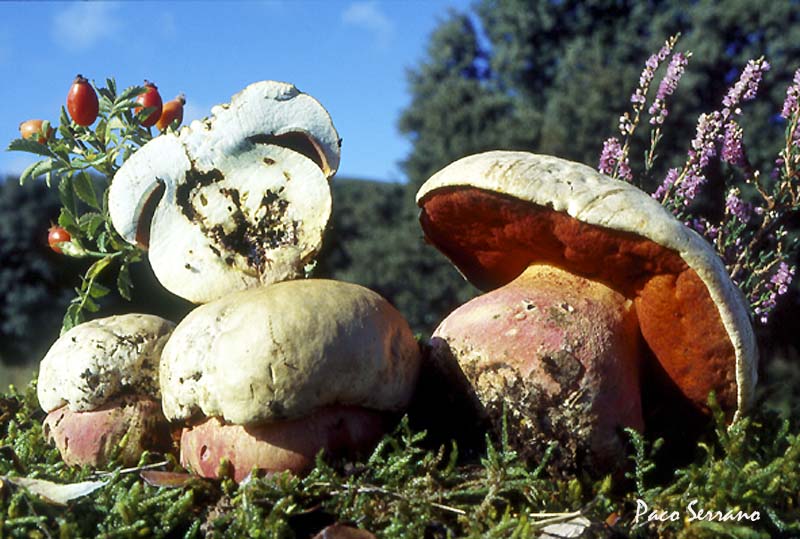I'm not an experienced icmag poster. But I have spent a decent amount of time on the site learning and want to start off by saying I really appreciate icmag for inspiring a life long affair with cannabis cultivation.
No experience outdoor or organic. I'm taking it slow this year to learn and experiment. As I grow I am realizing outdoor all natural growing is the truth! Im finally able to try it out for myself and I cannot be more excited.
I was hiking around the property to find ideal sites to plant. there are supposedly one or two springs that are giving water near the top of the hill I'm on in northern CA. I'm thinking about making large holes and planting below these springs, hopefully they can sustain enough moisture to make it through the season. its hard to tell right now because there is so much run off from rain. As I hiked lower into the trees i noticed an abundance of mushrooms in the area. I know its a great time of year to find mushrooms and i spent most of the day observing as many types as i could find. While digging around in the decomposing layers or oak and pine leaves I would often find mycelium in the soil. This gave me an idea, maybe I could dig out chunks of mycelium and fungus from the native soil to add to my own soil mix as I make my dug out beds for the new plants (will probably be some variation of Tom Hill's mix for large outdoor plants).
Would adding local mycelium to my mix make a difference?
Is this idea worth the effort? does anyone else do something like this?
Ideally i would find as many fungus mycelium and anything else i can find digging around to my soil, and then even try to inoculate with something i buy after some research or course
next year i am hoping to be able to compost for much longer and let a pile of soil sit. Im betting that my fungus plan will have more time to take action by then.
Please feel to speak up about any of this!! totally welcoming criticism and advice
I'm also thinking I will take a sample for testing of the dark rich decomposed leaves that are up to a foot deep in some areas close by.
Honestly i dont know if they could be super acidic, toxic or wonderful for my plants i have so much to learn. Either way it does look like a good source of nice compost
No experience outdoor or organic. I'm taking it slow this year to learn and experiment. As I grow I am realizing outdoor all natural growing is the truth! Im finally able to try it out for myself and I cannot be more excited.
I was hiking around the property to find ideal sites to plant. there are supposedly one or two springs that are giving water near the top of the hill I'm on in northern CA. I'm thinking about making large holes and planting below these springs, hopefully they can sustain enough moisture to make it through the season. its hard to tell right now because there is so much run off from rain. As I hiked lower into the trees i noticed an abundance of mushrooms in the area. I know its a great time of year to find mushrooms and i spent most of the day observing as many types as i could find. While digging around in the decomposing layers or oak and pine leaves I would often find mycelium in the soil. This gave me an idea, maybe I could dig out chunks of mycelium and fungus from the native soil to add to my own soil mix as I make my dug out beds for the new plants (will probably be some variation of Tom Hill's mix for large outdoor plants).
Would adding local mycelium to my mix make a difference?
Is this idea worth the effort? does anyone else do something like this?
Ideally i would find as many fungus mycelium and anything else i can find digging around to my soil, and then even try to inoculate with something i buy after some research or course
next year i am hoping to be able to compost for much longer and let a pile of soil sit. Im betting that my fungus plan will have more time to take action by then.
Please feel to speak up about any of this!! totally welcoming criticism and advice
I'm also thinking I will take a sample for testing of the dark rich decomposed leaves that are up to a foot deep in some areas close by.
Honestly i dont know if they could be super acidic, toxic or wonderful for my plants i have so much to learn. Either way it does look like a good source of nice compost



 number 1.
number 1.

